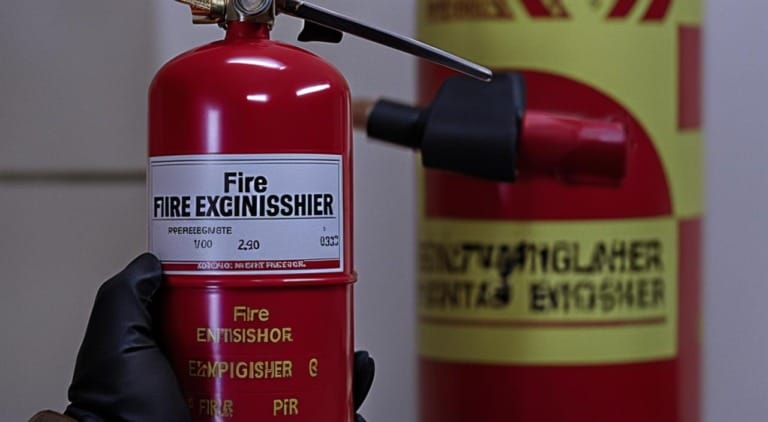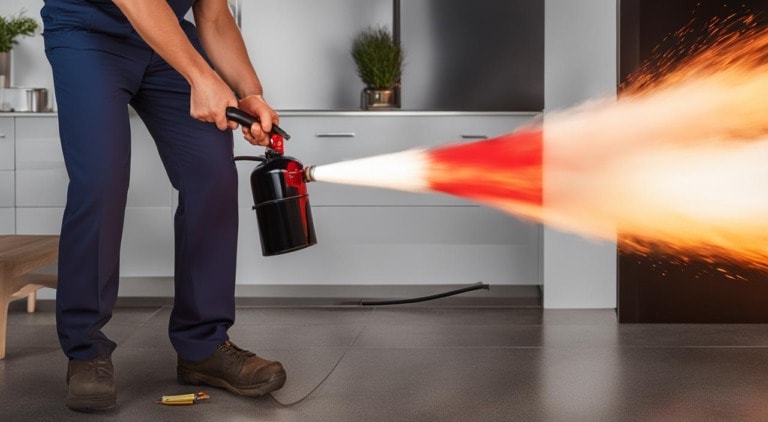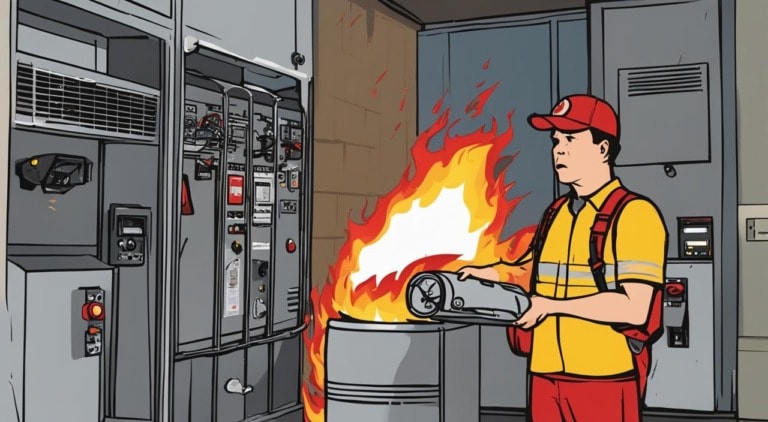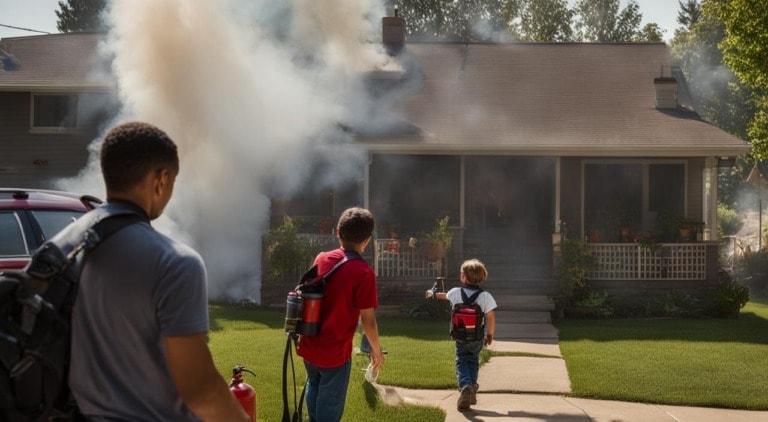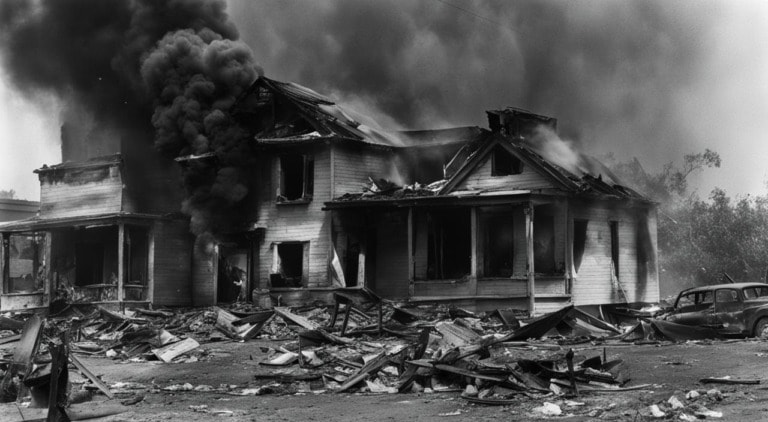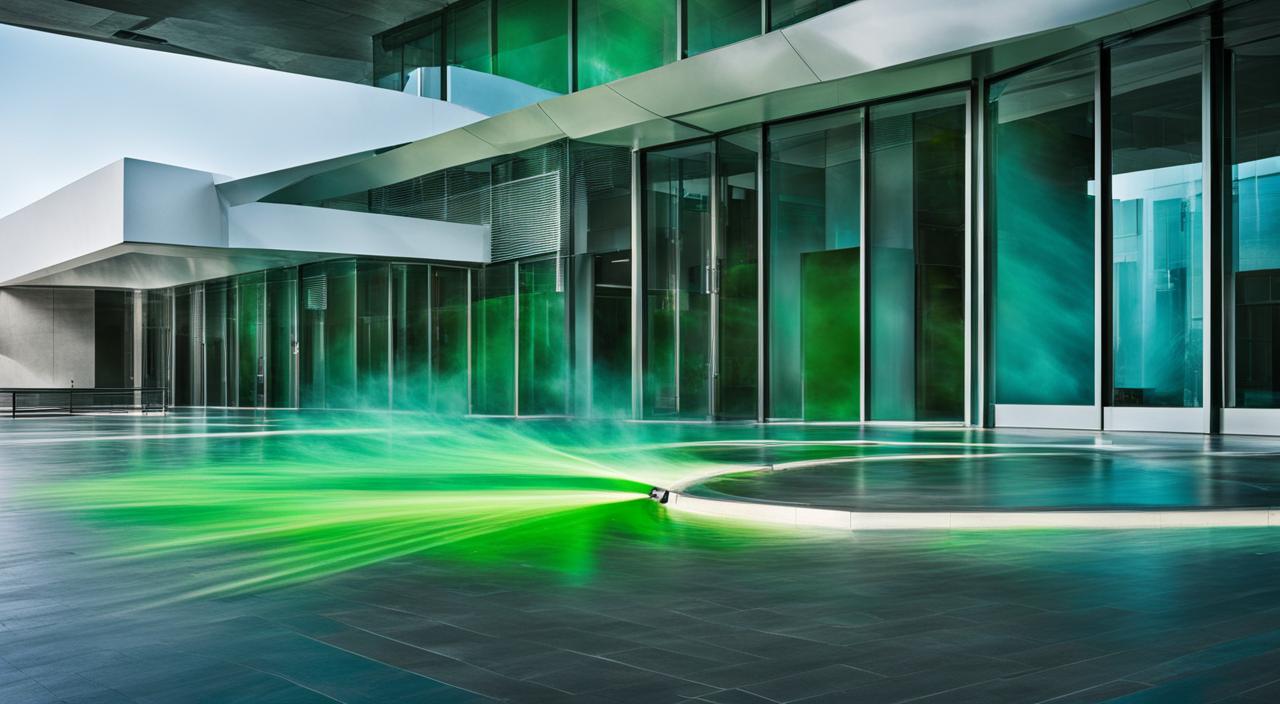
A pre-action fire sprinkler system is a type of sprinkler that requires a two-step process to discharge. It is commonly used in areas where accidental discharge needs to be prevented, such as museums, data centers, and libraries.
The system is designed to hold water back with a pre-action valve until it is activated by heat, smoke, or flame. Once the valve opens, water flows into the sprinkler pipes, turning the system into a wet pipe sprinkler system.
The individual sprinkler heads then release water onto the affected area. Pre-action sprinkler systems are more complex and costly to install and maintain compared to traditional sprinkler systems. However, they offer the advantage of reduced risk of accidental discharge, making them suitable for water-sensitive environments.
Pre-action fire sprinkler systems provide reliable fire protection in environments where accidental water discharge can cause significant damage. These systems are designed to prevent accidental discharge until activated by heat, smoke, or flame.
With their two-step activation process, pre-action sprinklers offer enhanced safety for water-sensitive areas such as museums, data centers, and libraries. In this article, we will explore how pre-action sprinkler systems work and their common applications.
How a Pre-Action Sprinkler Works
A pre-action fire sprinkler system operates through a two-step activation process. First, when a fire is detected, the pre-action valve opens, allowing water to flow into the sprinkler pipes. This step transforms the system from a dry sprinkler system to a wet pipe sprinkler system.
Second, each individual sprinkler head must be activated to release water onto the affected area. This double activation requirement helps prevent accidental discharge. Some pre-action systems may also use pressurized nitrogen or air within the pipes to keep the water in place if the valve is accidentally opened. This type of system is commonly found in freezer warehouses.
In a pre-action fire sprinkler system, the two-step activation process ensures that water is only released when there is a confirmed fire event. This provides an added layer of protection against accidental discharge, making pre-action systems ideal for environments where water-sensitive equipment or valuable assets are present.
The initial opening of the pre-action valve allows water to fill the sprinkler pipes, converting the system from dry to wet. This means that the sprinkler heads are always filled with water, ready to extinguish a fire as soon as they are activated.
Key Steps in the Activation Process:
- The pre-action valve opens when a fire is detected.
- Water flows into the sprinkler pipes, converting the system to a wet pipe sprinkler system.
- Each sprinkler head must be individually activated to release water onto the fire.
By requiring both the pre-action valve and the individual sprinkler heads to be activated, pre-action systems minimize the risk of false alarms or accidental water discharge. This makes them particularly suitable for environments such as museums, data centers, and libraries, where the preservation of valuable assets and sensitive equipment is of utmost importance.
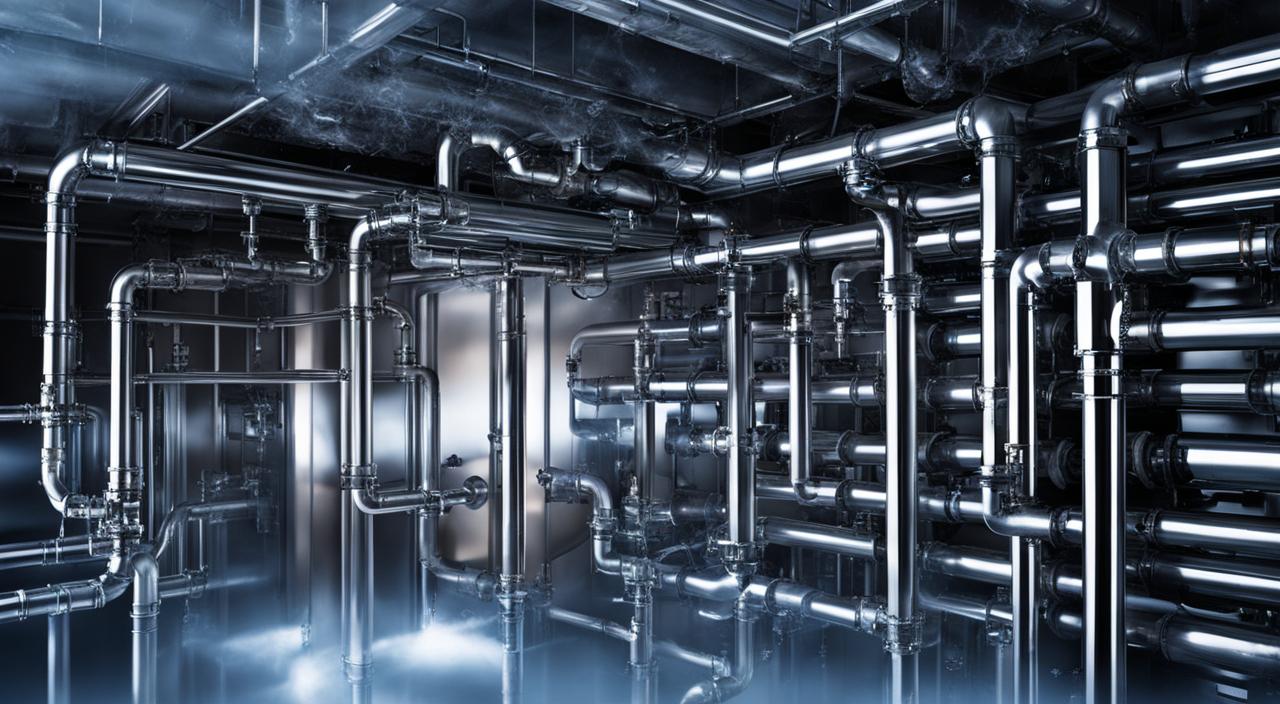
Common Applications for Pre-Action Systems
Pre-action fire sprinkler systems are highly suitable for water-sensitive environments, offering reliable protection for valuable assets. They are extensively utilized in various settings, including museums, data centers, libraries, and other facilities with similar demands.
One of the primary reasons for choosing pre-action systems in these environments is their reduced risk of accidental discharge. This characteristic makes them a preferred choice for establishments that house valuable artifacts, documents, and sensitive equipment.
Data centers, for example, rely on pre-action systems to safeguard their critical infrastructure. These facilities handle massive amounts of digital information and house high-performance servers, which need to be protected from both fire and accidental water damage.
Similarly, museums, libraries, and archives also rely on pre-action sprinkler systems to protect irreplaceable assets, such as rare books, artworks, and historical artifacts.
The intricate design of pre-action systems ensures that water is only released when confirmed fire conditions have been met, significantly reducing the likelihood of water damage in these sensitive environments.

